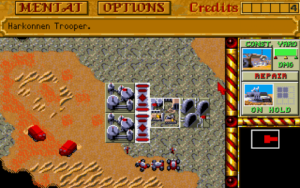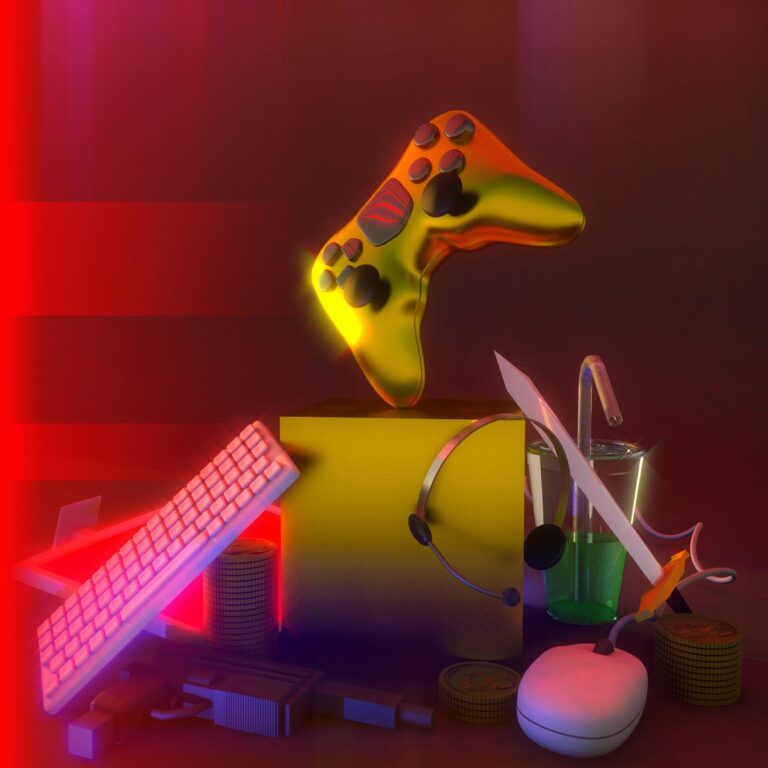
The term “real-time strategy game” has Indibet app download only really existed since the early 1990s, when it was coined by Dune 2 producer Brett V. Sperry for marketing purposes. Historically, however, the genre’s roots go back to the early 1980s. Because already in Utopia (1981) written by Don Daglow, up to two players must take turns making real-time strategic decisions that will affect the development of their island, called Utopia. Indibet India Each player starts with 100 gold and receives an extra 10 coins at the end of each round, which – depending on the setting – lasts between 30 and 120 seconds.To defeat their opponent for a maximum of 50 rounds, it’s important to score as many points as possible.The means to an end: Nine different ‘build options’ The means of achievement: Nine different “build options” are mapped to the corresponding number buttons on the Intellivision controller.
For example, if you press the number three, you can place a field full of plants on your island in exchange for three gold units. This field then feeds 500 inhabitants and generates one gold bar per round. With key two you build a factory (produces four gold bars but increases pollution), key one knocks out a fort (protects the island from rebels, pirates and assault boats), key number six buys a residential building block for 500 townsfolk and so on.
As both players expand their island, they must also keep an eye on the actions of their opponents, pirate attacks and various weather phenomena sweeping across the map in real time. Rain clouds, for example, irrigate fields and tropical storms have a 66 per cent chance of destroying everything in their path. Utopia may seem simple by today’s standards, but back then real-time simulation was a sensation.
Dan Banten’s Cytron Masters (1982) is also one of the first of the genre. Here, too, the basic principle of the game is quickly explained: as commander, you order the construction of different types of units to be used to conquer the enemy’s power generators on a 38-by-18 block battlefield. The game is usually won by whoever can quickly acquire new generators and make the best use of their Cytron’s individual abilities depending on the situation. Although Cytron Masters takes place on only one screen and offers a rather Spartan view, duels usually remain quite exciting because of the real-time aspect.
Graphically Stonkers for ZX Spectrum 1984 is a little more advanced: infantry, artillery, tanks or supply trucks – all unit types are immediately recognisable as such. And the map, which can be scaled in two stages, also proves that the Brits at Imagine Software place a high value on good visibility. The only problem: Stonkers has to deal with numerous technical bugs for release. Some of them are so drastic that the game sometimes crashes. Testers from various specialist magazines still like the title and give it high marks.
Dave and Barry Merry’s The Ancient Art of War (1984) proves to be considerably more bug-free and slightly more interesting. While resource exploitation doesn’t play a role here (which is why it’s more of a tactical strategy game), the real-time battles set in different historical eras are all the more appealing, especially as it’s easy to learn that the rock-paper-scissors principle works. What’s more: as one of the first games of its kind, the scenario and map editor is right on board, allowing you to create new challenges and thus noticeably increase the replay value.
Much less well known, but no less defining for the genre’s birth is Nether Earth (1987) for the ZX Spectrum. Shown from a clear perspective, players control a flying command centre and interact with robots and buildings – always with the aim of conquering new factories, producing more units and ultimately destroying enemy cans.
Table of Contents
Herzog Zwei: Springboard for Dune 2 and Co.
In Japan, on the other hand, games such as Koji Sumiya and Herzog Wars (1983) and Herzog Zwei (1989) from Technosoft inspired the genre in the 1980s. The latter in particular created a sensation and is often cited as an important source of inspiration for the upcoming classics of the genre in the 90s. The core of the Mega Drive exclusive is a mech that can be used both on the ground and in the air, and can not only conquer a total of nine bases on the battlefield and place production orders there, but also attack enemy units and allied units. orders (Attack, Conquer, Defend), which they then carry out independently until they run out of fuel or are destroyed. For more depth and micromanagement typical of the genre, the ability to repair your own units and airlift them – all in real time, of course. The game is played either against a “computer brain” (i.e. AI) or against a “human brain”, i.e. a human opponent.
Critics, especially in Europe and Germany, where it was only released in 1990, received the Herzog Zwei challenge very well. However, due to a lack of marketing activity on the part of publisher Sega, the module failed to meet sales expectations. Want a taste of this forgotten granddaddy of the genre? Then take a look at the 2020 version for Nintendo Switch, which adds an online multiplayer mode, widescreen support, additional difficulty level settings, save replays and interactive tutorials.
Not least, thanks to rapidly growing hardware power in the early ’90s, much was tried – certainly in the nascent genre of real-time strategy games. The result was games such as Bullfrog Productions’ god simulator Powermonger (1990), which features a rotating and scalable 3D map, height difference and modem support, among other things. Also from a British studio, namely Sensible Software, comes Mega lo Mania for the Amiga. As the first real-time strategy game, it introduces the technology tree and inspires with an insanely good voiceover of the time. But otherwise, the power struggle over islands waged by four gods over ten historical eras is a lot of fun and collects top marks from various Amiga trade magazines across the board. That the troops are likely to be assigned roles rather than given specific tactical orders hardly bothers them. The PC and Sega Mega Drive implementations, which appeared shortly afterwards, also found their fans.
Dune 2: The birth of modern real-time strategy

Leap forward in time to September 19, 1990. Virgin Interactive – at the time one of the really big British publishers – was about to hand over to French developer Cryo the contract already under discussion for the development of the adventure around the well. the famous Dune licence (Frank Herbert’s fantasy novel series) and entrust them to a new team.
Notably, Martin Alper, then president of Virgin, did not hesitate to approach Westwood Studios from Las Vegas while the dispute with Cryo was still ongoing. The PC-experienced team from the gambling metropolis are not backing down because of the attractive licence, have agreed a resource strategy with Virgin, and have also promised a detailed study of Herzog Zwei from Sega, which Virgin leads as a potential source of ideas.
Brett Sperry, then a producer at Westwood, also cites other sources of inspiration, most notably a discussion with Chuck Kregel, then vice president of Strategic Simulations, Inc. (SSI). Kregel firmly believed that there was a lack of fresh ideas in the field of military-themed strategy games and that the genre would soon be in gradual decline. Brett Sperry partly agrees with him, but still believes that real-time dynamics and improved controls will change the rules of the game in the future.
And that’s exactly what’s happening. First released for MS-DOS systems in December 1992, Dune 2 – Battle for Arrakis features intuitive mouse controls and an easy to understand graphical user interface that never detracts from the nerve-wracking real-time action on screen .
Whether it’s building an increasingly complex base, giving orders to units or selecting strategically important areas of the map using the mini-map in the bottom right-hand corner of the screen at lightning speed, the interface is revolutionary for its time and will soon become a model for many future members of the genre. . Not only that: three very different factions, cool map design including unpredictable sandworms, the idea of harvesting resources with harvesters, a fast-paced soundtrack and detailed, lovingly animated graphics are well-received by strategy connoisseurs and make Dune 2 hit.
The surprising thing is that while Dune 2 was highly praised by the community and press and sold well, there were no comparable imitators in 1993. Blizzard Entertainment (formerly Silicon & Synapse) from California is taking this as an opportunity to develop a real-time strategy game, but this time in a fantasy setting. The approximate inspiration for this is the Viking theme from the puzzle platformer The Lost Vikings, published in 1992
To further differentiate itself from Dune 2, Blizzard is also integrating a map generator, cross-platform two-player multiplayer (via LAN or modem) and focusing on more variety in terms of mission design. For example, giving players a very limited number of troops for certain tasks.







